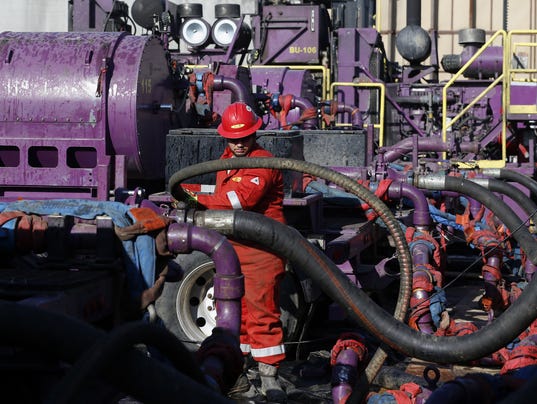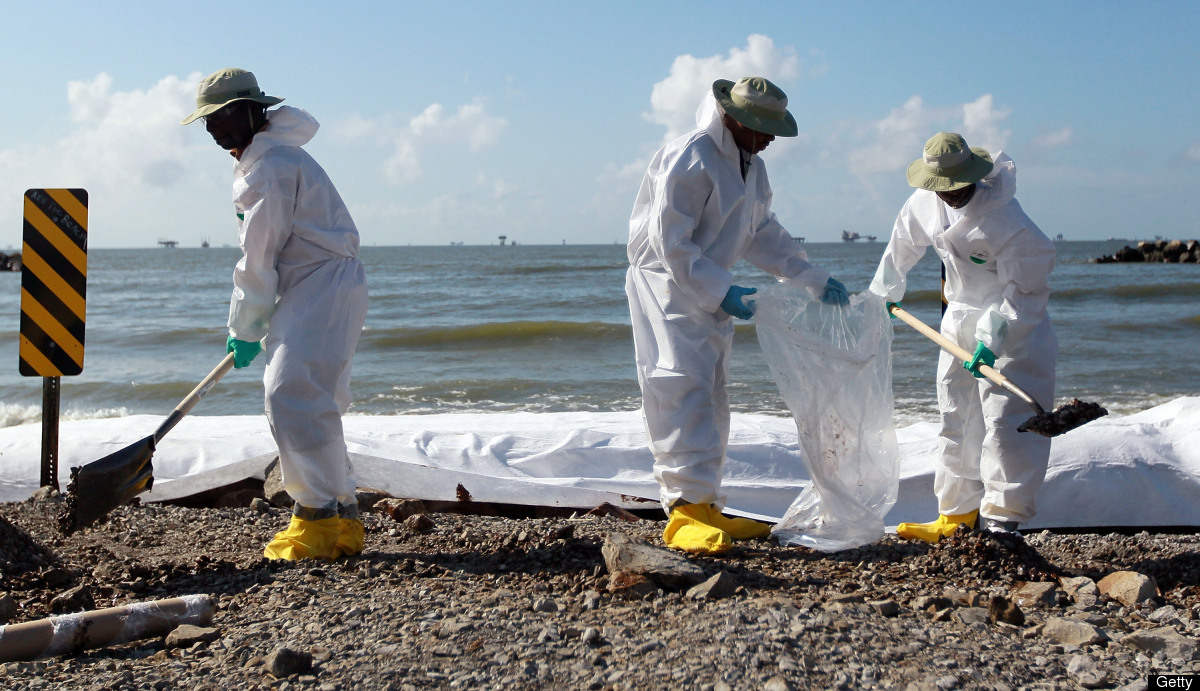 Two subglacial Greenland lakes thought to be stable -- pockets of icy water accumulated over many years -- are now gone, drained in a matter of weeks. And scientists aren't exactly sure why or what it means.
Two subglacial Greenland lakes thought to be stable -- pockets of icy water accumulated over many years -- are now gone, drained in a matter of weeks. And scientists aren't exactly sure why or what it means.
In one spot along Greenland's massive ice sheet, what was once a holding cell for more than 7 billion gallons of water (supplied by melting ice caps), is now a cold, empty crater, stretching some 1.2 miles wide and 230 feet deep.
Scientists puzzled, worried by rapid draining of Greenland lakes
NASA, NOAA proclaim 2014 hottest year on record
 The official numbers are in, and they confirm what most already suspected: 2014 was the hottest year on record. Temperature records were shattered in places across the globe, including in much of Europe, parts of South America, as well as in China and portions of Russia and the Far East.
The official numbers are in, and they confirm what most already suspected: 2014 was the hottest year on record. Temperature records were shattered in places across the globe, including in much of Europe, parts of South America, as well as in China and portions of Russia and the Far East.
As NASA and the National Oceanic and Atmospheric Administration announced Friday, average global temperatures on land and sea surfaces collected across the planet were 1.24 degrees Fahrenheit above the 20th century average.
Methane plume over western US illustrates climate cost of gas leaks
Satellites that sweep over the north of the energy-rich state can spot the gas as it escapes from drilling rigs, compressors and a pipeline snaking across the badlands. In the air it forms a giant plume: a permanent methane cloud, so vast that scientists questioned their own data when they first studied it three years ago. “We couldn’t be sure that the signal was real,” said Nasa researcher Christian Frankenberg.
Winter storm brings snow to California's New Year's celebration
 A blustery winter storm dumped snow and ice across the American west on Wednesday, making driving treacherous in the mountains from California to the Rockies and forcing residents and party-goers in some usually sun-soaked cities to bundle up for a frosty New Year’s.
A blustery winter storm dumped snow and ice across the American west on Wednesday, making driving treacherous in the mountains from California to the Rockies and forcing residents and party-goers in some usually sun-soaked cities to bundle up for a frosty New Year’s.
Giddy residents in Southern California foothills snapped photos of snow-covered lawns as kids tossed snowballs. In suburban Phoenix, swimming pools and cactus-lined backyards were dusted with the white stuff.
Trains plus crude oil equals trouble down the track
 Every day, strings of black tank cars filled with crude oil roll slowly across a long wooden railroad bridge over the Black Warrior River.
Every day, strings of black tank cars filled with crude oil roll slowly across a long wooden railroad bridge over the Black Warrior River.
The 116-year-old span is a landmark in this city of 95,000 people, home to the University of Alabama. Residents have proposed and gotten married next to the bridge. Children play under it. During Alabama football season, die-hard Crimson Tide fans set up camp in its shadow.
But with some timber pilings so badly rotted that you can stick your hand right through them, and a “MacGyver”-esque combination of plywood, concrete and plastic pipe employed to patch up others, the bridge demonstrates the limited ability of government and industry to manage the hidden risks of a sudden shift in energy production.
And it shows why communities nationwide are in danger.
Gov. Cuomo to Ban Fracking in New York State, Citing Health Risks
 No one understands better than impacted people — residents and workers in shale country, from the Barnett Shale of Texas and the Haynesville Shale of Louisiana to the Bakken Shale of North Dakota and the Marcellus and Utica Shales in Pennsylvania, Ohio, West Virginia and beyond — the wisdom of Governor Cuomo’s historic decision today to ban fracking in New York State:
No one understands better than impacted people — residents and workers in shale country, from the Barnett Shale of Texas and the Haynesville Shale of Louisiana to the Bakken Shale of North Dakota and the Marcellus and Utica Shales in Pennsylvania, Ohio, West Virginia and beyond — the wisdom of Governor Cuomo’s historic decision today to ban fracking in New York State:
ALBANY — The Cuomo administration announced Wednesday that it would ban hydraulic fracturing in New York State, ending years of uncertainty by concluding that the controversial method of extracting gas from deep underground could contaminate the state’s air and water and pose inestimable public-health risks.
Fracking is poisoning the air we breathe
 Toxic air pollution from fracking causes a wide spectrum of health problems for Americans across the country, an environmental group charged in a report released Tuesday.
Toxic air pollution from fracking causes a wide spectrum of health problems for Americans across the country, an environmental group charged in a report released Tuesday.
"The health risks from fracking are not limited to what's in our drinking water -— oil and gas operations are also poisoning the air we breathe," said senior scientist Miriam Rotkin-Ellman of the National Resources Defense Council (NRDC), which produced the report.
These 6 Countries Produce Nearly 60 Percent Of Global Carbon Dioxide Emissions
Six countries produce nearly 60 percent of global carbon dioxide emissions. China and the United States combine for more than two-fifths. The planet's future will be shaped by what these top carbon polluters do about the heat-trapping gases blamed for global warming.
How they rank, what they're doing: CHINA:
t emits nearly twice the amount of greenhouse gases as the United States, which it surpassed in 2006 as the top emitter of carbon dioxide. China accounts for about 30 percent of global emissions. U.S. government estimates show China doubling its emissions by 2040, barring major changes. Hugely reliant on fossil fuels for electricity and steel production, China until recently was reluctant to set firm targets for emissions, which continue to rise, although at a slower rate.
Oil From Deepwater Horizon Spill Is Still Trapped In Alabama Beaches, Study Finds
 A new study says oil from the Deepwater Horizon disaster is still trapped in Alabama's beaches four years later.
A new study says oil from the Deepwater Horizon disaster is still trapped in Alabama's beaches four years later.The report was released recently by Auburn University researchers who've been studying the BP oil spill since shortly after it occurred.
A team from Auburn collected oil on Alabama's coast as recently as August. The research found that oil is still trapped in the sand, mostly as tar balls.
More...
More Articles...
Page 26 of 156

 Environmental News Archive
Environmental News Archive


































